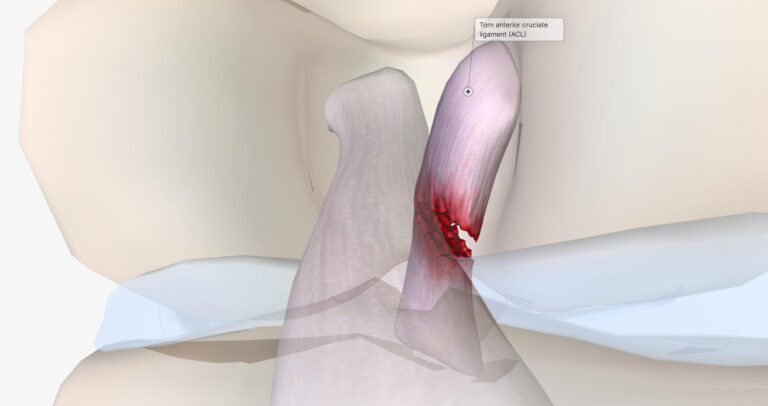ACL Reconstruction

ACL Reconstruction
ACL Reconstruction is a surgical procedure aimed at replacing a torn anterior cruciate ligament (ACL) in the knee. The ACL, a crucial ligament for knee stability, is often susceptible to injury, especially during activities involving sudden stops and changes in direction, such as sports.
Key Points:
Surgical Intervention: ACL Reconstruction involves the removal of the damaged ligament and its replacement with a tendon graft, typically sourced from another part of the patient’s knee or from a donor.
Indications: This surgery is often recommended for athletes looking to return to their sport, individuals with multiple ligament injuries or meniscal damage, and those experiencing knee instability during everyday activities.
Need for ACL Reconstruction:
- Athletes wishing to resume sports activities.
- Injuries involving multiple ligaments or meniscal damage.
- Knee instability leading to buckling during normal activities.
Pre-Procedure:
- Physical Therapy: Prior to surgery, the patient may undergo physical therapy to reduce swelling and alleviate pain, promoting better outcomes.
- Preoperative Preparations: Patients may be instructed to refrain from certain medications, food, and water intake before surgery.
Procedure:
- Anesthesia: ACL Reconstruction is typically performed under spinal anesthesia, ensuring numbness in the lower body while keeping the patient awake.
- Arthroscopic Surgery: Utilizing arthroscopic techniques, surgeons make small incisions around the knee to access and perform the procedure with the aid of miniature instruments and a camera.
- Ligament Replacement: The damaged ACL is removed, and a graft or replacement tissue, often a segment of tendon, is inserted and secured to the thighbone and shinbone using screws or fixation devices. This graft serves as a scaffold for the new ligament to grow onto during the healing process.
Post-Procedure:
- Recovery Measures:
- Resting the knee and avoiding weight-bearing activities.
- Wearing a prescribed knee brace for protection.
- Using crutches to relieve pressure on the knee while walking.
- Elevating the knee and applying ice to reduce swelling.
- Applying compression bandages to support the joint.
- Participating in prescribed physical therapy to strengthen muscles and ligaments.
- Taking pain-relieving medications as directed by the doctor.
For further guidance or to schedule an appointment, please contact our medical center.
